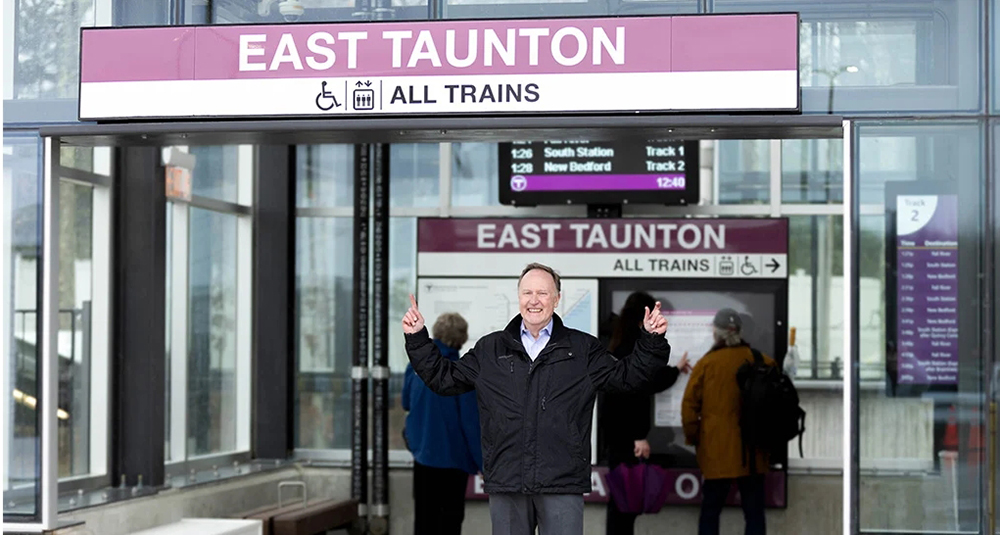Highest and best use analysis by experienced appraisers a must in a hot market - by Maria Hopkins

Maria Hopkins Associates
As developable land becomes more and more scarce, especially in the Eastern area of the state, those wanting new construction have often had to buy an existing house and gut renovate or demolish and rebuild. Now that there is a shortage in existing homes and apartments, every property requires a careful analysis of highest and best use. Existing homes on larger parcels may have demand to be completely redeveloped as multifamily housing, either for apartment rentals or condominium projects. Zoning must be carefully considered for every appraisal. It would be a mistake to assume that every single family should just remain the same use. Even if two-unit dwellings are allowed, people are adding on units. Many towns now have accessory unit zoning. Typically that allows a unit to be rented, as long as the owner lives in one of the units. And then there are the “in-law apartments.” Very few towns use the word in-law within their zoning bylaws. This word is a market term used by property owners, sales agents and appraisers, and putting it simply, it is living area within a single-
family dwelling that can’t legally be rented out, and therefore must be used by a family member. Hence, the popular word “inlaw apartment” has been around for years. It can’t be valued by an income approach like a rental unit, because it can’t be rented. Many cultures have had kitchens in their basement levels or had a second kitchen in other areas. These are not usually illegal and should not have to be removed. Also, several years ago there was a superior court case known as the “Boch case,” where it was ruled that a property owner could not be prevented from having more than one kitchen. That doesn’t mean that proper electrical and plumbing permits shouldn’t be obtained however. This case helped clarify the murky waters of the multiple kitchen issue. Certainly a kitchen that has been in a house since before zoning was ever inacted would be grandfathered anyway. Years ago many larger antique homes had servants quarters with living areas that had a second kitchen.
One thing that can’t be relied on to determine legality is what the assessor’s use code is. Assessors must assess whatever they know to be there. That does not mean that use is a legal use. Only historical research and zoning on a case-by-case basis can be relied on to determine what the legal use of a property actually is. This is a difficult task at times and there is a lot of liability for the seller, the sales agent and the appraiser if someone gets it wrong. If the sales agent gets it wrong, mostly from a lack of knowledge, it is the appraiser’s responsibility to get it right. The value of a piece of property is based on it’s highest and best use. The first test of whether a use is highest and best is whether the use is legal. As discussed earlier, the shortage of inventory of all types of housing is creating more and more demand for alternate uses for many of the existing single family homes. The appraiser must be both competent to do this analysis and properly licensed as a Certified General Appraiser if there is potential for further development other than a 1-4 family home.
Commercial redevelopment is also prevalent throughout most of the state. Often an engineer is needed to figure out what type of building can fit on a site in accordance with zoning. A step-by-step highest and best use analysis is necessary, and requires very experienced appraisers who understand local zoning supply and demand in a changing market.
Maria Hopkins SRA, RA, is the president of Maria Hopkins Associates, Spencer, Mass.
Check out the New England Real Estate Journal's 2025 Fall Preview Spotlight
Explore our Fall Preview Spotlight, featuring exclusive Q&As with leading commercial real estate professionals and in-depth byline articles on today’s most relevant market topics. Gain insight into the trends, challenges, and opportunities shaping New England’s commercial real estate landscape this fall.


Shallow-bay wins on 495/128: A renewal-driven market with a thin pipeline - by Nate Nickerson

30 years on South Coast Rail: A journey to connect Southeastern Mass. with commuter rail - by Rick Carey

How do we manage our businesses in a climate of uncertainty? - by David O'Sullivan











.png)
